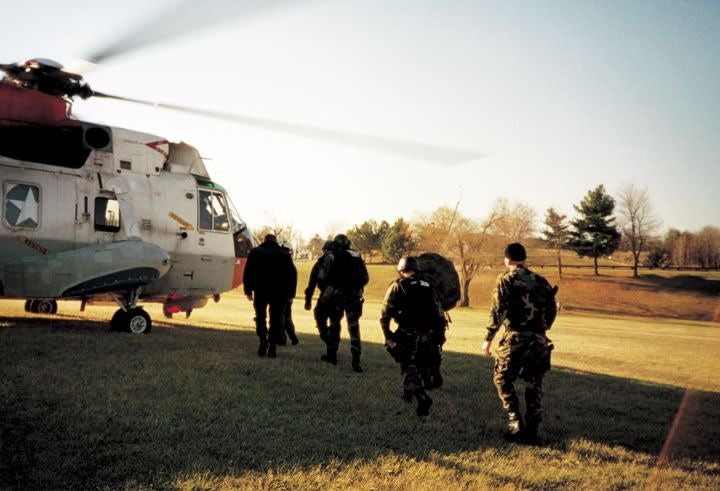It's 6:30 on a Tuesday morning and the Calvert County Special Operations Team (SOT) is gathering in the lower level parking lot at its offices in Prince Frederick, Md. About 20 air miles away, the Search & Rescue helicopter crew at the Patuxent River Naval Air Station (PAX-SAR) is reporting for duty. And nearly 100 miles to the north, members of the Maryland State Police Special Tactical Assault Team Element (STATE) are also gearing up for a training day.
This particular Tuesday morning will see all three teams working together to plan and prepare for response to a terrorist incident at a nuclear power plant. This isn't really anything new for them. They've all done this before; usually once each year. What's different today is that the terrorist attacks of 9-11 are three months behind them and practicing to respond to such an attack has taken on a whole new meaning.












